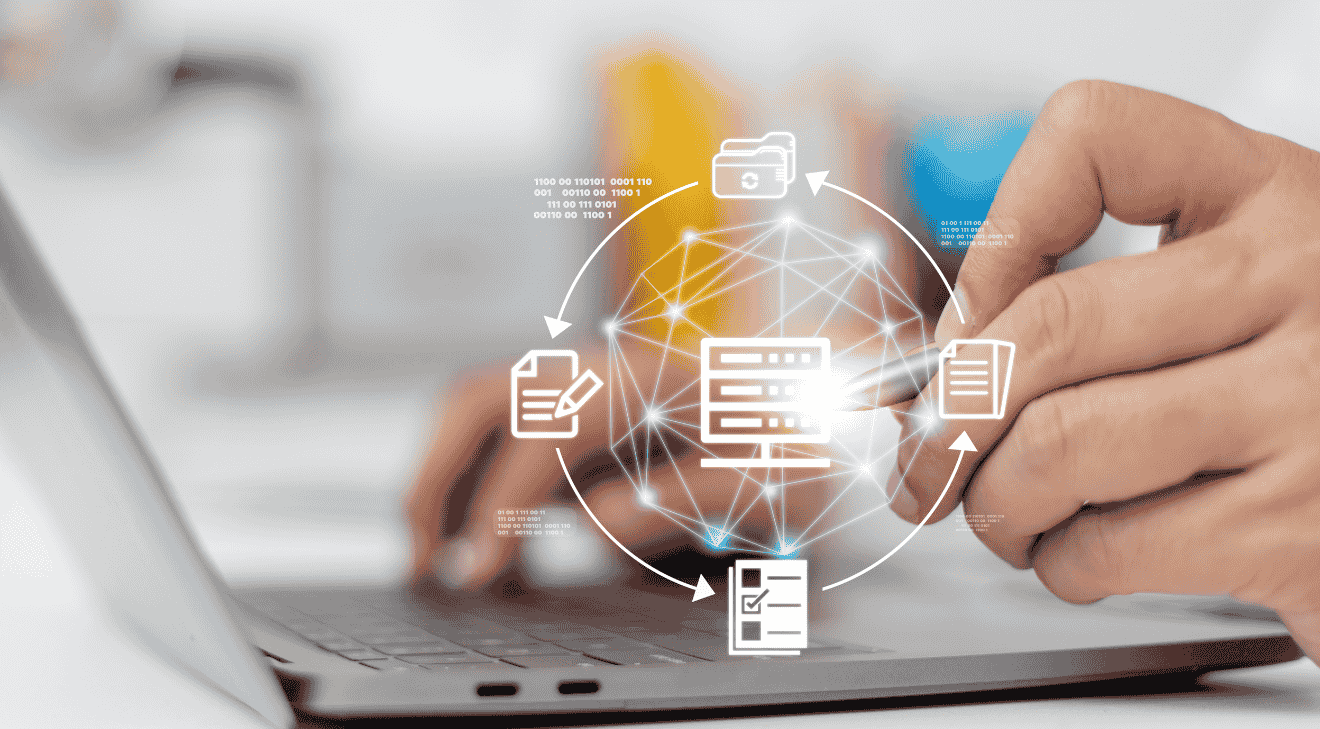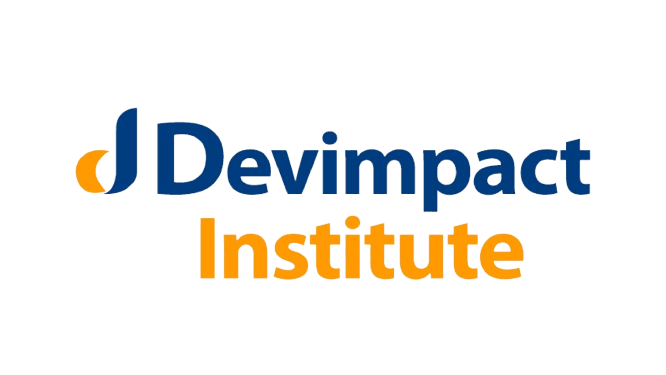
Training on Electronic Records Management
Good management of records is fundamental to a well-functioning organization since it supports business activity and provides a basis for efficient service delivery. Training on Electronic Records Management involves the maintenance of the content, context, structure and links between records to enable their accessibility and support their business value.
This Training on Electronic Records Management course aims at enhancing the knowledge and practical skills of participants necessary to apply electronic management approaches to perform their records management duties efficiently and effectively.
What you will learn
By the end of the course, participants will be able to:
- Understand the concepts of Electronic Records Management (ERM) and how it supports organization’s business processes
- Understand the lifecycle of records with focus on electronic records
- Implement and manage ERM system
- Implement electronic recordkeeping
- Apply the best practices in electronic records management
- Assess the records management needs of their organization
- Develop disaster risk management plan for ERM
- Develop organization electronic record management policy
Course Duration
Online 7 Days
Classroom-based 5 Days
Records Management Fundamentals
- Basic definitions
- Introduction to records
- Content context and structure of record
- Introduction to record management
Records Lifecycle
- Creation
- Distribution and Use
- Disposition
- Archiving
Introduction to Electronic Records Management(ERM)
- Types of Electronic records
- Introduction to Electronic Records Management
- Elements of a good record management system
- Implementation issues of ERM
- Best practices in Electronic Record Management
Electronic Record keeping
- Electronic recordkeeping vs Electronic record management
- Objectives of electronic recordkeeping
- Integration of ERK system with other IT systems
- Critical success factors for implementation of ERK system
Elements of Effective Records Management System
- Records Inventory & Classification
- Retention scheduling
- Records Storage & Conversion
- Vital Records Program
- Disaster Prevention & Recovery Planning
- Disposition
Classification and Indexing of Records
- Designing a records classification System
- Types of classification schemes
- Attributes of a good filing system
Metadata in ERM
- Importance of metadata
- Uses and sources
- Methods for collecting and applying metadata
Evaluating organization’s need for ERM system
- ERM needs assessment
- Data collection from different users
- Data analysis and use in ERM planning
Planning for Electronic Record Management System
- Records Management integration to organization information management strategy
- Planning for cultural change associated with ERM
- Determining end users roles in ERM system
- Planning for resources in ERM implementation
Implementing ERM System
- Components of an ERM system
- Solution options for information and records management
- Designing an ERM system
- Steps to implement an effective ERM Program
- Developing information governance strategy
- Integrating people, processes and technologies
ERM system implementation standards
- Model Requirements for the Management of Electronic Records (MoReq)
- AIIM Standards Committee on Integrating Records Management and Document Management Requirements
- Reports by Doculabs on ERM, EDM, and ECM systems
- International Standard ISO 15489-1
Disaster Risk Management in ERM
- Types of disasters, hazards and risks in ERM
- Disaster Risk Planning
- Development of policy, procedures for disaster risk management
- Records protection method
Monitoring and Auditing of Electronic Records Management System
- Conducting regular reviews of records management policy, plan, system and guidelines
- Monitoring compliance to records management guidelines
- Change management in organization records management policy
Electronic Records Management Policy
- Objectives of records management policy
- Record management responsibilities
- Key provisions of record management policy

